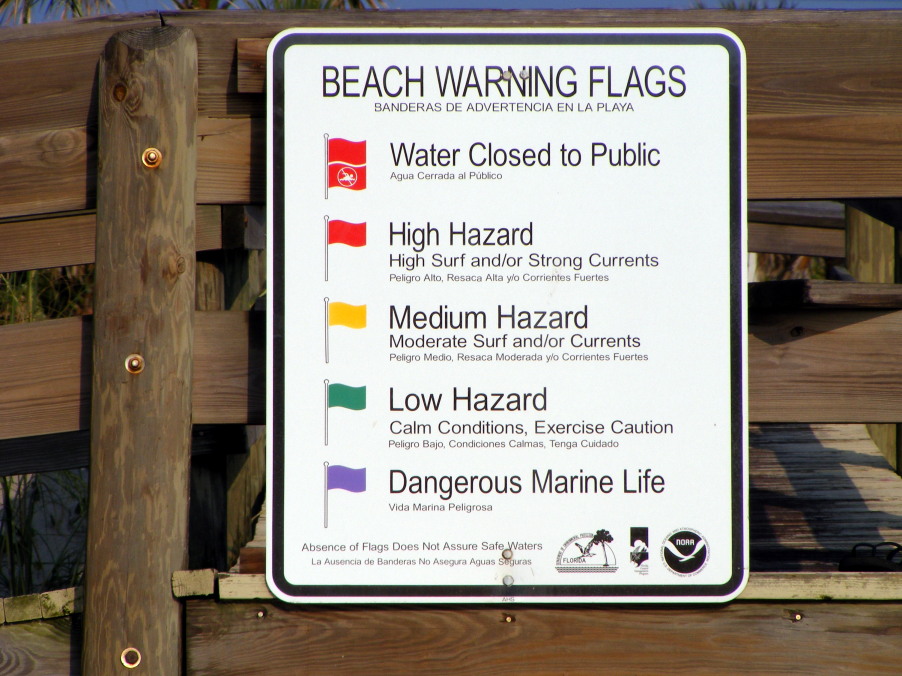There’s nothing like three inches of freshly fallen Christmas morning snow to make me think … barbeque.
Before firing up the grill in a couple of hours, I now have to consider whether the T-bones I bought at Dillons were needle or blade tenderized, or not. The idea is that small needles are inserted into steak to inject tenderizers. All hamburger should be cooked to a thermometer-verified 160F because it’s all  ground up – the outside, which can be laden with poop, is on the inside. With steaks, the thought has been that searing on the outside will take care of any poop bugs like E. coli and the inside is clean. But what if needles pushed the E. coli on the outside of the steak to the inside?
ground up – the outside, which can be laden with poop, is on the inside. With steaks, the thought has been that searing on the outside will take care of any poop bugs like E. coli and the inside is clean. But what if needles pushed the E. coli on the outside of the steak to the inside?
There have been 6-7 such outbreaks in the past, but only a couple appear to be linked to the consumer issue of – how do I cook this Christmas steak?
The U.S. Department of Agriculture issued a press release last night warning that people in Colorado, Iowa, Kansas, Michigan, South Dakota and Washington were sick with E. coli O157:H7 and the common vehicle appeared to be “non-intact steaks (blade tenderized prior to further processing).” Why the U.S. Centers for Disease Control has not commented on the outbreak remains a mystery.
Minnesota lawyer Fred Pritzker was the first to publicly identify the potential outbreak linked to blade-tenderized steaks a week ago, on Dec. 18/09.
He also explained that in November of 1997, the Meat and Poultry Subcommittee of the National Advisory Committee on Microbiological Criteria for Foods concluded that standard beef steaks have a low probability of E. coli O157:H7 migrating from the surface to the interior of the beef muscle.
Because of this, the cooking advice was to cook the steak at least enough to effect a cooked color change on all surfaces. Hence, it was officially safe to eat a steak rare.
Except color is a lousy indicator. How about some temperature recommendation, oh holy micro committee?
But the committee limited this advice to “intact beef steak” and then defined the term as follows: “A cut of whole muscle that has not been injected, mechanically tenderized or reconstructed.” Under the Food and Drug Administration’s 1977 food code, “injected” meant “manipulating a meat so that infectious or toxigenic microorganisms may be introduced from its surface to its interior through tenderizing with deep penetration or injecting the meat such as with juices.”
Based on these definitions, USDA’s Food Safety and Information Service FSIS proclaimed in early 1999 that the agency believes there should be a distinction between intact cuts of muscle and non-intact products, including those that have been tenderized and injected.
 That was 1999. I don’t see any such intact or non-intact label when I go to the grocery store. Restaurants remain a faith-based food safety institution. And the issue has rarely risen to the level of public discussion.
That was 1999. I don’t see any such intact or non-intact label when I go to the grocery store. Restaurants remain a faith-based food safety institution. And the issue has rarely risen to the level of public discussion.
The issue is not new, but may be new in terms of public discussion. Echeverry et al. wrote in the Aug. 2009 issue of the Journal of Food Protection that,
After three different outbreaks were linked to the consumption of nonintact meat products contaminated with Escherichia coli O157:H7, the U.S. Department of Agriculture, Food Safety and Inspection Service published notice requiring establishments producing mechanically tenderized and moisture-enhanced beef products to reassess their respective hazard analysis and critical control point system, due to potential risk to the consumers.
The researchers found that application of antimicrobials to the steaks prior to packaging and shipment on day 0 was effective in reducing internalization of both pathogens in nonintact beef products stored for both 14 and 21 days.
Luchansky et al. wrote in the July 2009 JFP that based on inoculation studies, cooking on a commercial gas grill is effective at eliminating relatively low levels of the pathogen that may be distributed throughout a blade-tenderized steak.
I hope they’re right. But there’s obviously something going on in the current outbreak.
Oh, and I know it was Christmas Eve and everything, but the USDA press release contained the tired and sometimes true advice for handling ground beef – hamburger – which has nothing to do with intact or non-intact steaks. I won’t be asking Karen anything (ask Karen is the supposed on-line help thingy that USDA keeps flogging).
There are many more details that will emerge as the story evolves, and people more knowledgeable than I — and others — pop up to speak. I’m sorry if you’re spending Christmas barfing because the food safety community did a lousy job providing information about risks that are out there. I’m still enjoying Christmas morning with the family. That’s Sorenne looking out our living room window this morning.

 Their science-based food safety agency won’t say, use a thermometer, but a local council tells kids not to eat dog poop.
Their science-based food safety agency won’t say, use a thermometer, but a local council tells kids not to eat dog poop.
 are to include recommendations for preventing the transmission of salmonella. The proposed changes, according to the department, allow for consistency with the Centers for Disease Control and Prevention recommendations.
are to include recommendations for preventing the transmission of salmonella. The proposed changes, according to the department, allow for consistency with the Centers for Disease Control and Prevention recommendations. them about high bacteria levels in shellfish.
them about high bacteria levels in shellfish. The P.E.I. Shellfish Association suggests putting yellow warning flags in the water when there’s a possible closure and a red one when the fishery is shut down.
The P.E.I. Shellfish Association suggests putting yellow warning flags in the water when there’s a possible closure and a red one when the fishery is shut down. Health Canada used to say raw sprouts should be avoided if concerned about illness, but now they are more direct. That 2005 outbreak in Ontario involving more than 648 cases of Salmonella linked to mung bean sprouts may have something to do with the newfound directness.
Health Canada used to say raw sprouts should be avoided if concerned about illness, but now they are more direct. That 2005 outbreak in Ontario involving more than 648 cases of Salmonella linked to mung bean sprouts may have something to do with the newfound directness. ground up – the outside, which can be laden with poop, is on the inside. With steaks, the thought has been that searing on the outside will take care of any poop bugs like E. coli and the inside is clean. But what if needles pushed the E. coli on the outside of the steak to the inside?
ground up – the outside, which can be laden with poop, is on the inside. With steaks, the thought has been that searing on the outside will take care of any poop bugs like E. coli and the inside is clean. But what if needles pushed the E. coli on the outside of the steak to the inside? That was 1999. I don’t see any such intact or non-intact label when I go to the grocery store. Restaurants remain a faith-based food safety institution. And the issue has rarely risen to the level of public discussion.
That was 1999. I don’t see any such intact or non-intact label when I go to the grocery store. Restaurants remain a faith-based food safety institution. And the issue has rarely risen to the level of public discussion.
.jpg) Once again, it’s raw sprouts, and it’s not like it’s sprout season or something (unlike the often terrible turkey food safety advice the surfaces at Thanksgiving).
Once again, it’s raw sprouts, and it’s not like it’s sprout season or something (unlike the often terrible turkey food safety advice the surfaces at Thanksgiving).
 And I saw far more in Lakeland that would impact daily food safety than anything the politicians, bureaucrats, hangers-on and chatting classes could ever come up with.
And I saw far more in Lakeland that would impact daily food safety than anything the politicians, bureaucrats, hangers-on and chatting classes could ever come up with. I ordered some shaved smoked turkey breast from the deli, and the sealable bag the meat was delivered in contained the following:
I ordered some shaved smoked turkey breast from the deli, and the sealable bag the meat was delivered in contained the following: And it gets better.
And it gets better.